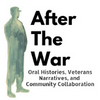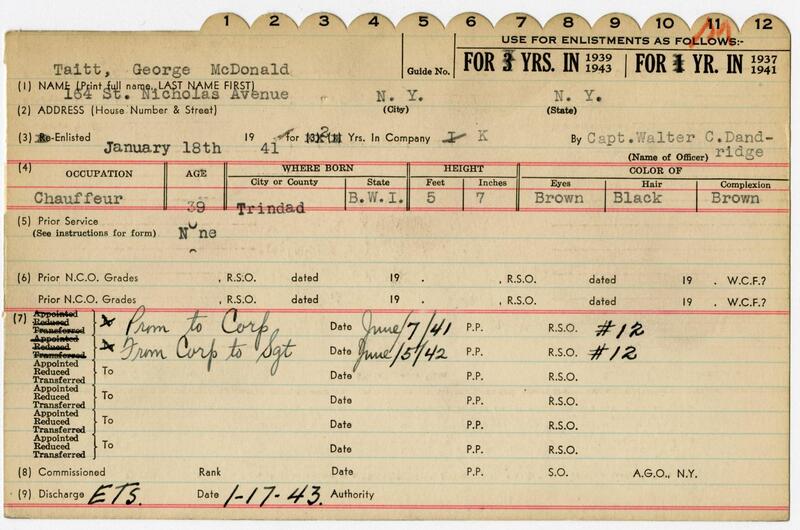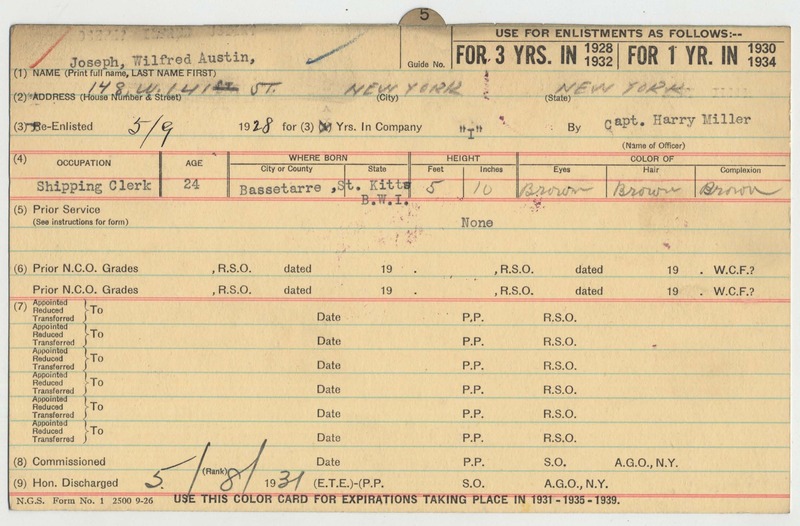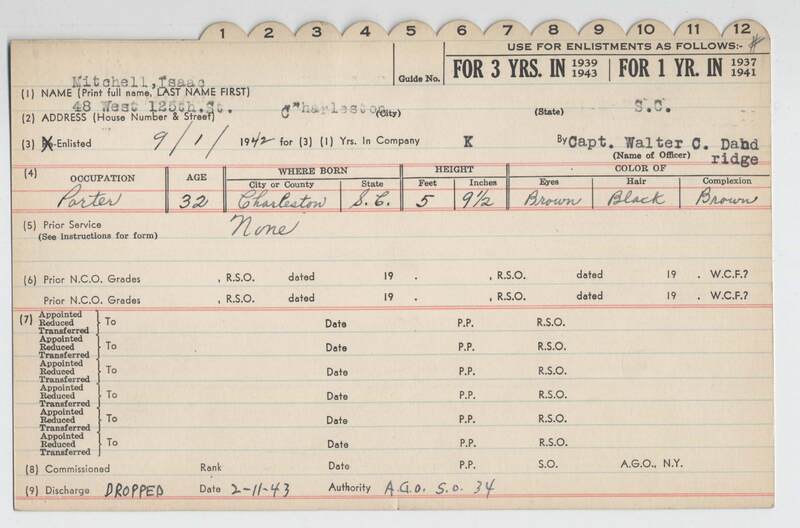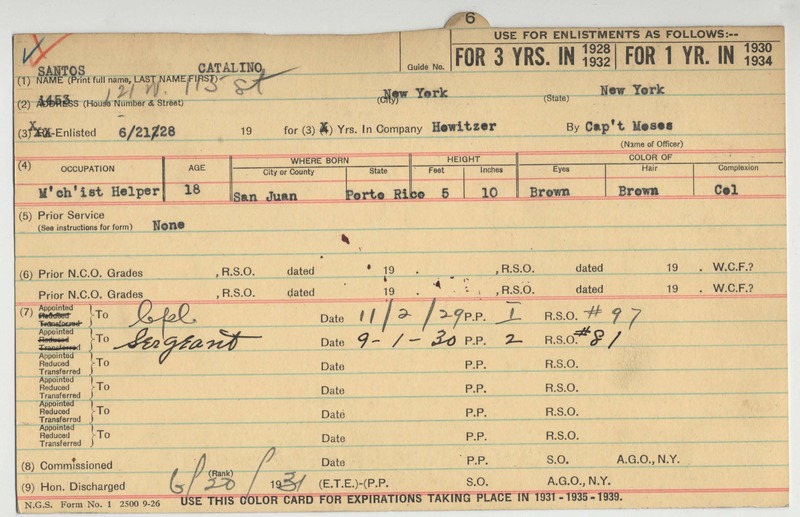Finding Other Paths
How can veterans be recentered?
Such a small slice of veterans have their stories in the archives, few of those are from the perspectives of Black and veterans of color, and fewer still have first person accounts or audio-visual interviews that can be, or have been, digitized.
And what about veterans who served in the many conflicts and wars that predated recording technology?
As you saw, data can fill in some of these gaps. Visualizations can make data more impactful, more accessible, and potentially reveal aspects of this history buried in the numbers or hundreds (even thousands) of pages of text. Data are important to more fully positioning veterans’ experiences within larger historical contexts.
Because of an increased embrace of Black African American history as American history by primarily white institutions with the means and/or duty to maintain archives (government bodies, cultural centers, historical societies, and universities, for example), as well as the on-going efforts of groups that have been doing this work, documents exist that make this possible.
The WWI veterans of 369th Infantry Regiment of the U.S. Army, of the 93rd Division known as the Black Rattlers, earned the nickname the Men of Bronze and the Harlem Hellfighters. Their history provides an example of how to use existing documents to center the narratives and first-hand-accounts of those who lived before oral history.
The Harlem Hellfighters
The soldiers you see in the photo above are some of the Harlem Hellfighters, heros of WWI.
The men of the 369th were given the nickname the "Hellfighters" not by the French soldiers who they fought along side (they called them the Men of Bronze), but by the Germans who they fought a vicious war against.
According to the U.S. Army, a Prussian officer captured during WWI said "they are Hollenkampfer, they are hellfighters, they are devils...they won't be taken alive." These men were so tenacious, so seemingly fearless, and so valorous that each received the Croix de Guerre and Legion of Honor from the French government.
But the accolades and appreciation in no way extended to the (white) United States home front.
The "Harlem" of the Harlem Hellfighters is a nod to the regiments origins. The 369th is essentially the New York National Guard 15th, an all-Black regiment that formed in 1916 after residents of Harlem enlisted. Black soldiers and soldiers-of-color were segregated from serving in white-regiments and were often forced to serve under white officers while simultaneously being barred or severely limited from promotion to higher-ranks. The U.S. military would maintain an official policy of racism and segregation until 1941. Even then, President Roosevelt only signed an executive order to integrate the military after A. Philip Randolph met with him to advocate for integration and, after being rebuffed by the president, walked out of his office to proceed with the plans for a march on Washington to protest.
After World War I, the 15th retained its prestige and would go on to serve in World War II as well. But many of these veterans and their experiences are reduced to names on documents in government archives, perhaps only living on in the stories and photos of their suriving family members.
Spatializing the Documents
Digital history can play a role in recentering and humanizing these names.
For example, New York Heritage has digitized the extant (surviving or still available) enlistment cards for every young man who enlisted in the 15th. This is a tremendous effort and valuable for bringing these veterans into the digital history conversation. However, searching through so many documents can be difficult and time consuming, especially for someone who just wants to know more about the history.
Below is an example of how the information found on these cards can spatialize the history of each individual and the regiment as a whole. We begin to see that the men of the 15th regiment are part of the diaspora of African enslavement across the Americas and how its legacies persisted well into the 20th century.
Click through the carousel to see the selected enlistment cards closer and explore the map they created. This map is just an example, yet it reveals how mapping someone's birthplace, where they lived when they enlisted, and how their histories intersected in New York adds texture to this history.
